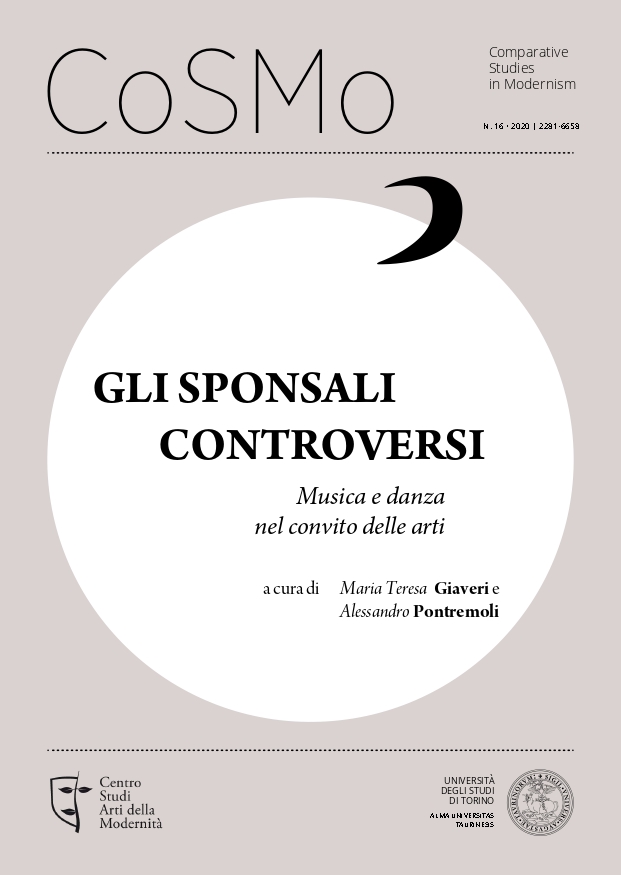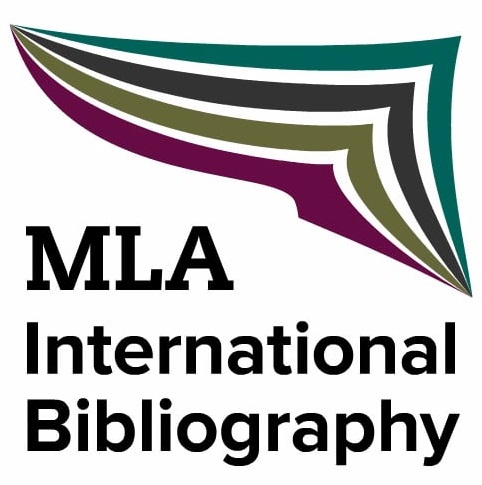“42nd Street” (1933). Un musical cinematografico tra danza, musica e politica
DOI:
https://doi.org/10.13135/2281-6658/4623Parole chiave:
Film Musical, Backstage Musical, Music and Memory, Eroticization of Female Images, Chorus Girls (Chorines)Abstract
The authors analyse one of the most important film musicals of the Golden Age of this genre, 42nd Street (Warner Bros, 1933) which was produced in the same year when the newly elected president of the United States, F.D. Roosevelt, started to implement his New Deal. A socalled backstage musical, 42nd Street is an excellent representative of this musical subgenre for several reasons. Not only is it ideologically consonant with the political moment, but his plot is well-balanced with the musical and danced numbers. These are authored by Busby Berkeley, one of the most authoritative names of those years for dance groupings. His geometrical and caleidoscopic arrangements were enhanced by the technological innovations which became his signature, and were set up with the music of Harry Warren and the lyrics of Al Dubin, whose joint work could attain extremely effective results in terms of rhythmical and rhymic consonances.
Downloads
##submission.downloads##
Pubblicato
Fascicolo
Sezione
Licenza
Gli autori mantengono i diritti sulla loro opera e cedono alla rivista il diritto di prima pubblicazione dell'opera, contemporaneamente licenziata sotto una Licenza Creative Commons - Attribuzione che permette ad altri di condividere l'opera indicando la paternità intellettuale e la prima pubblicazione su questa rivista.







